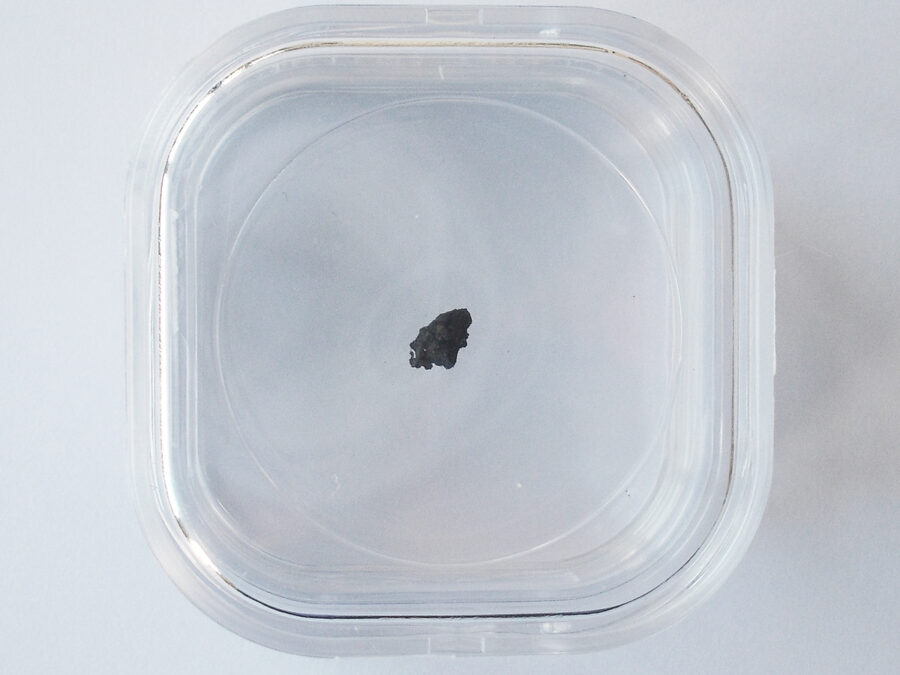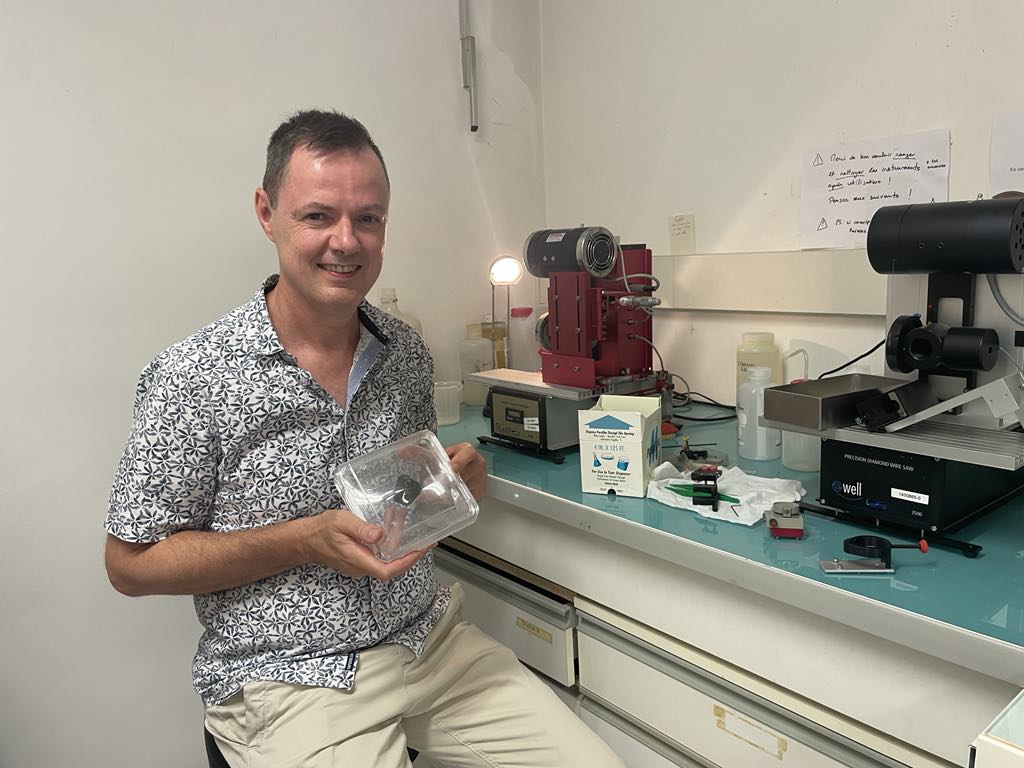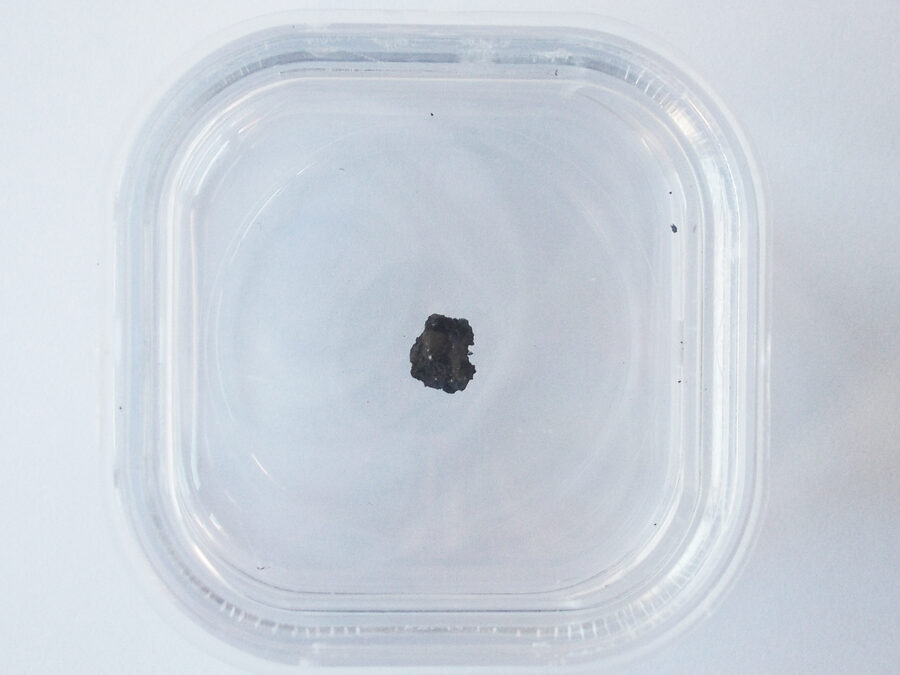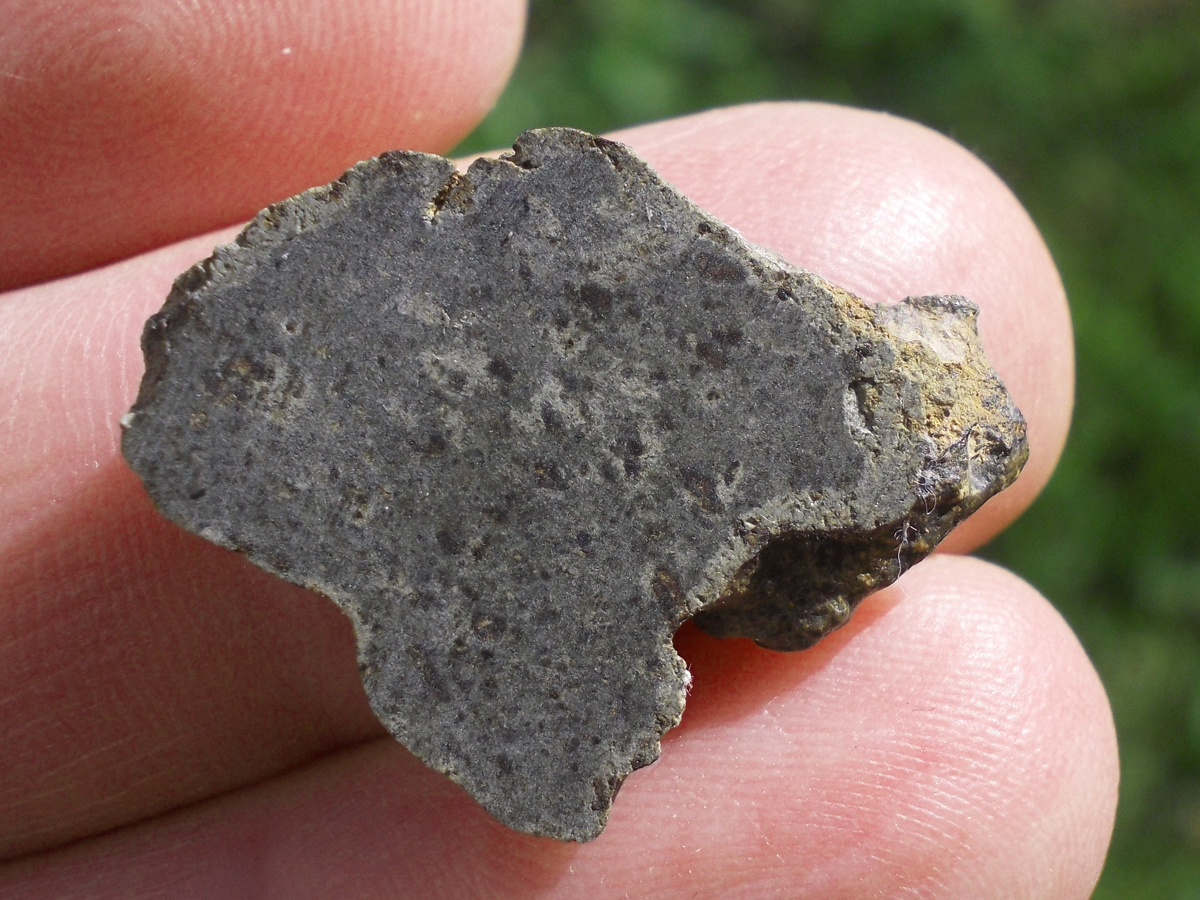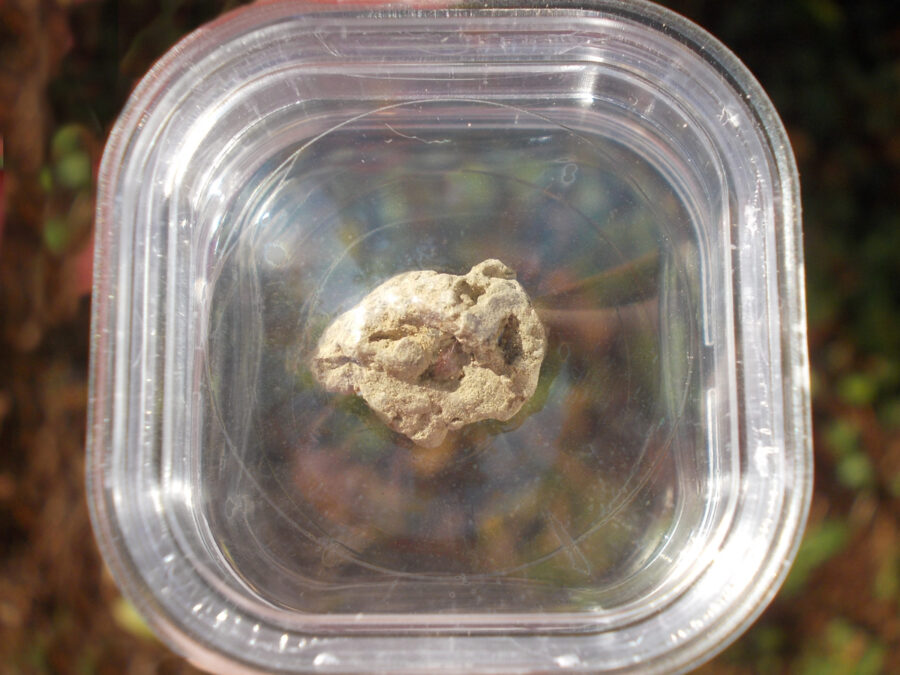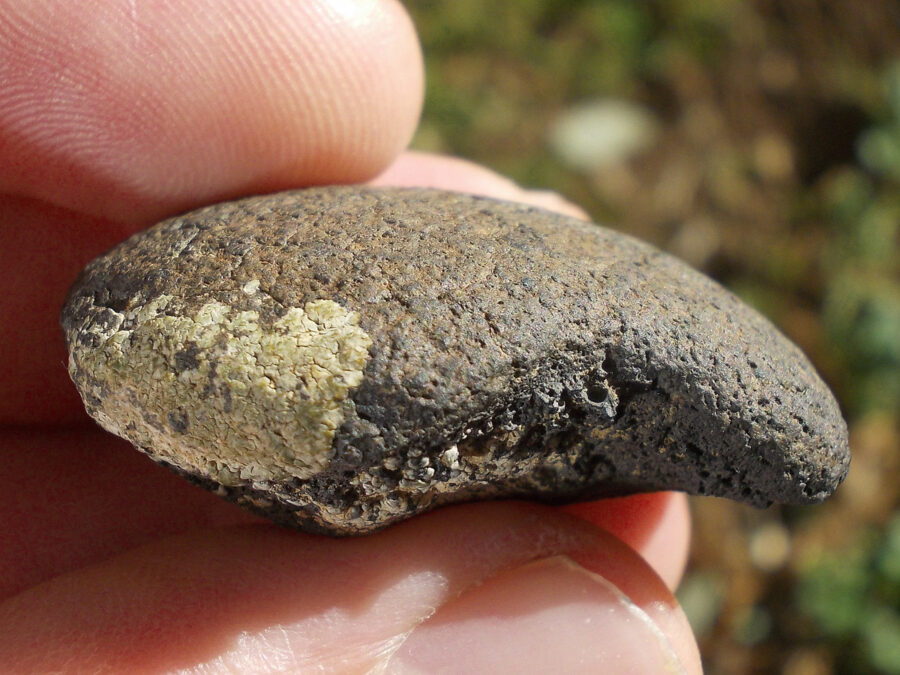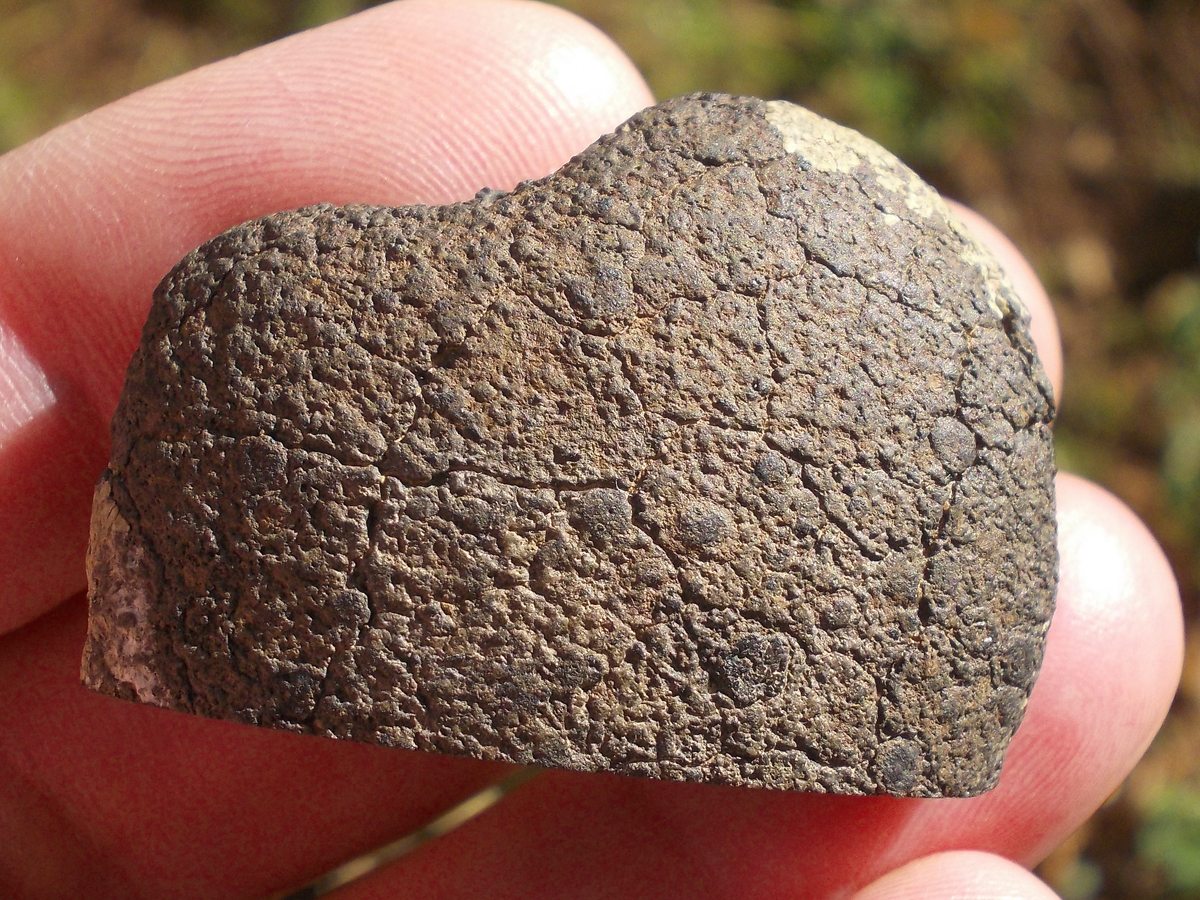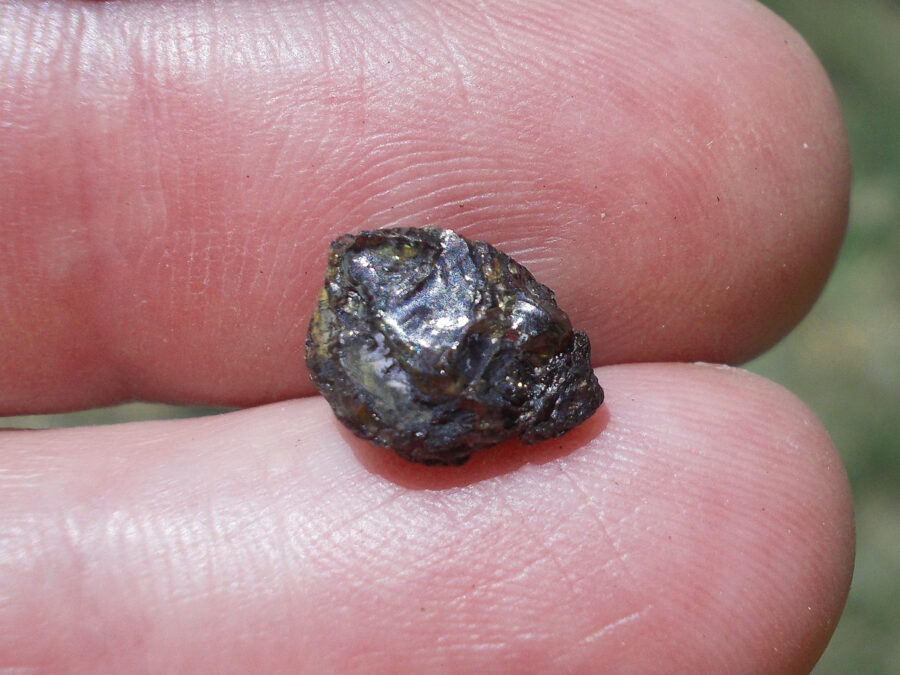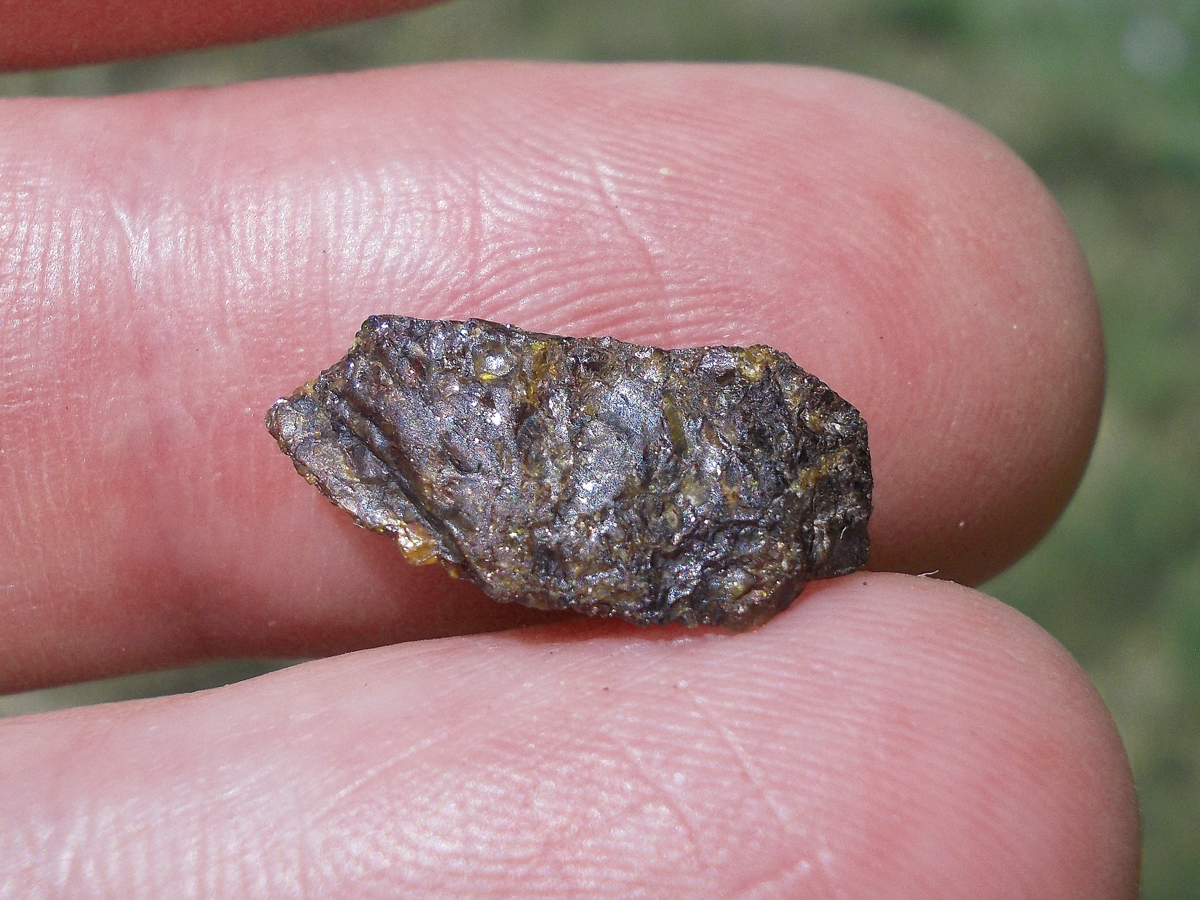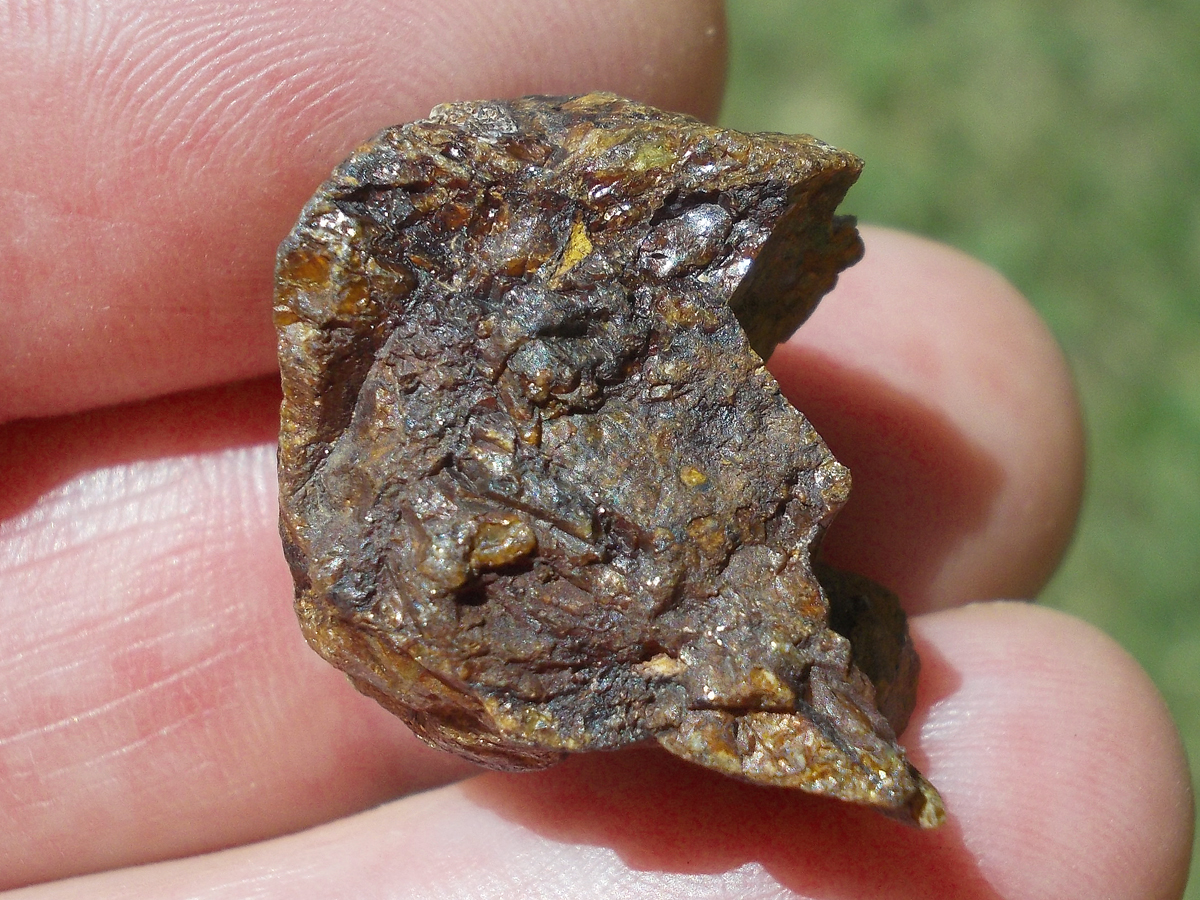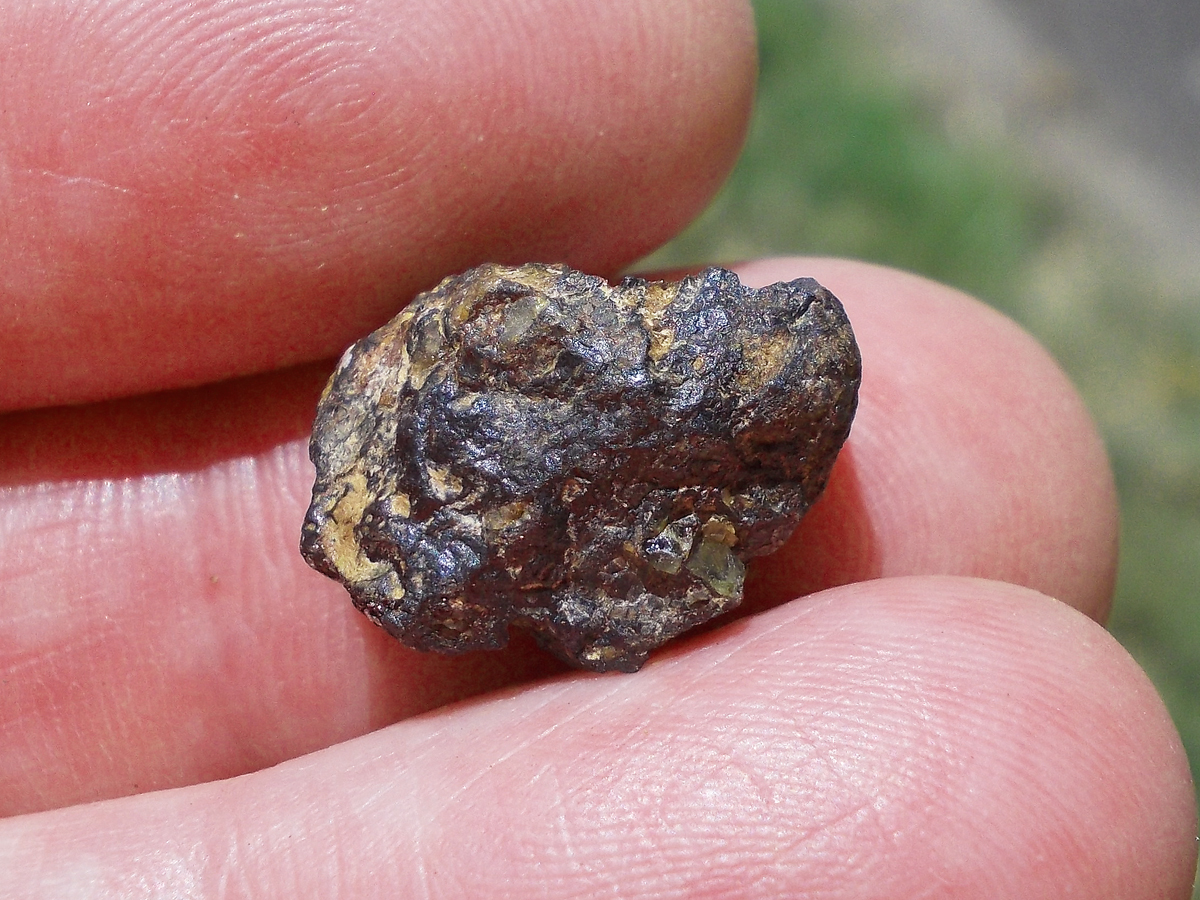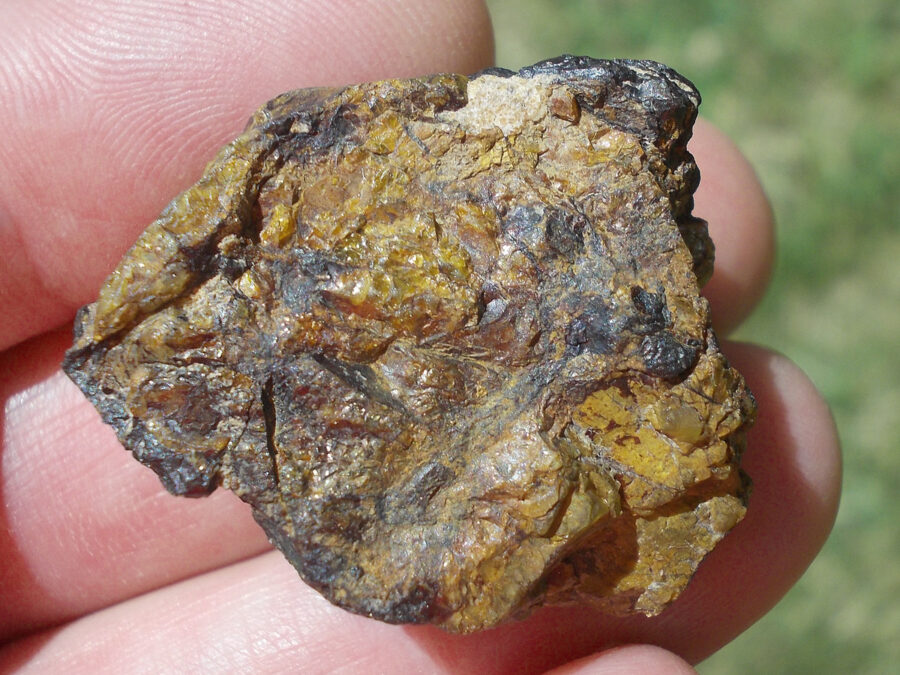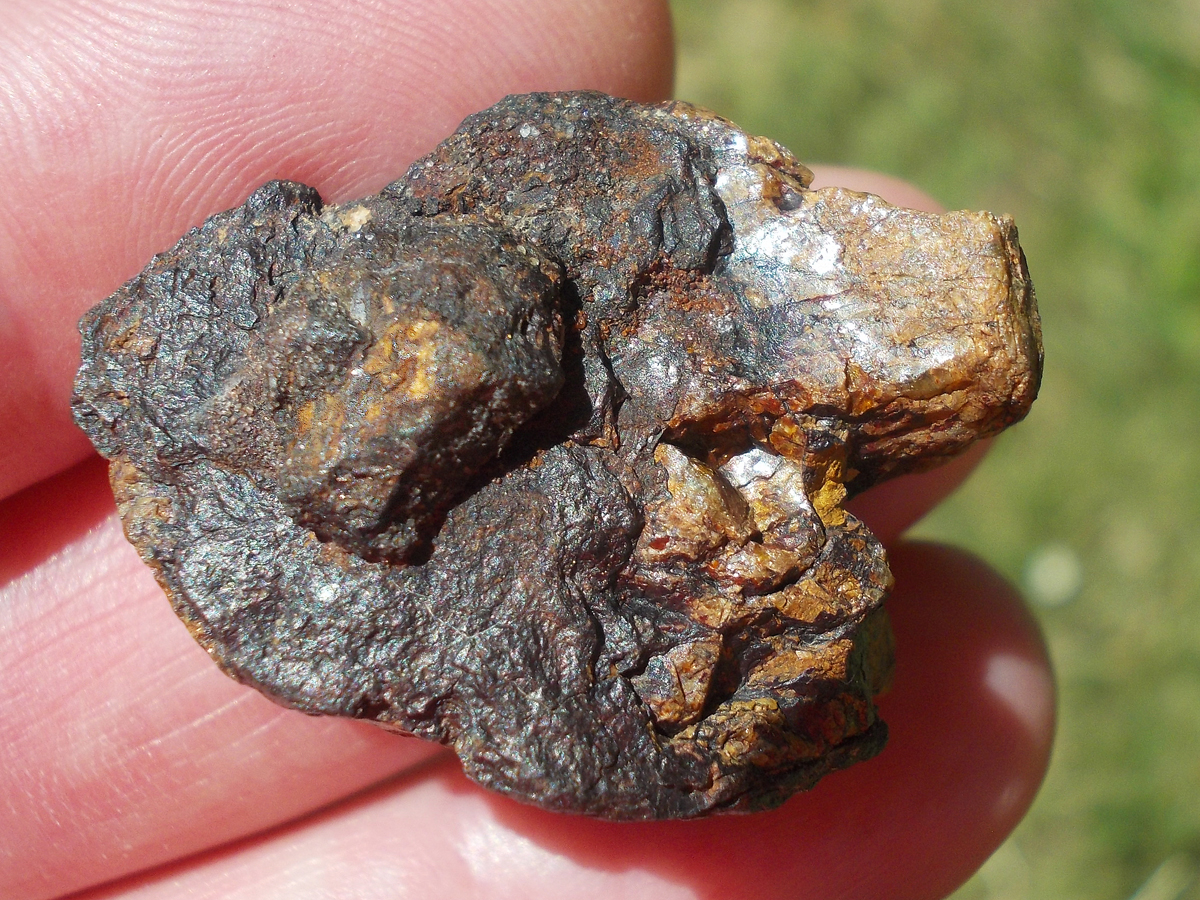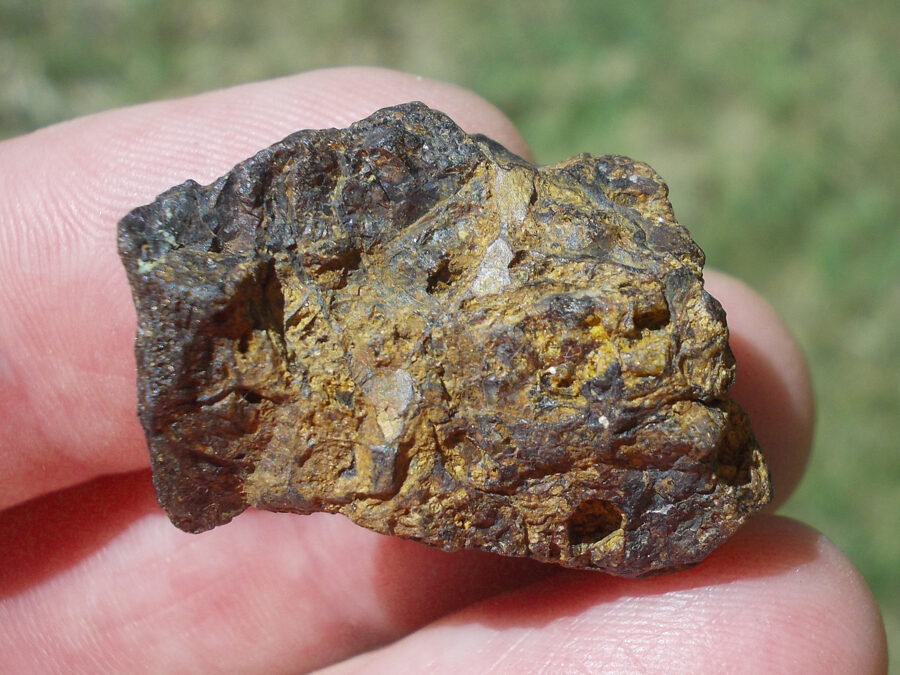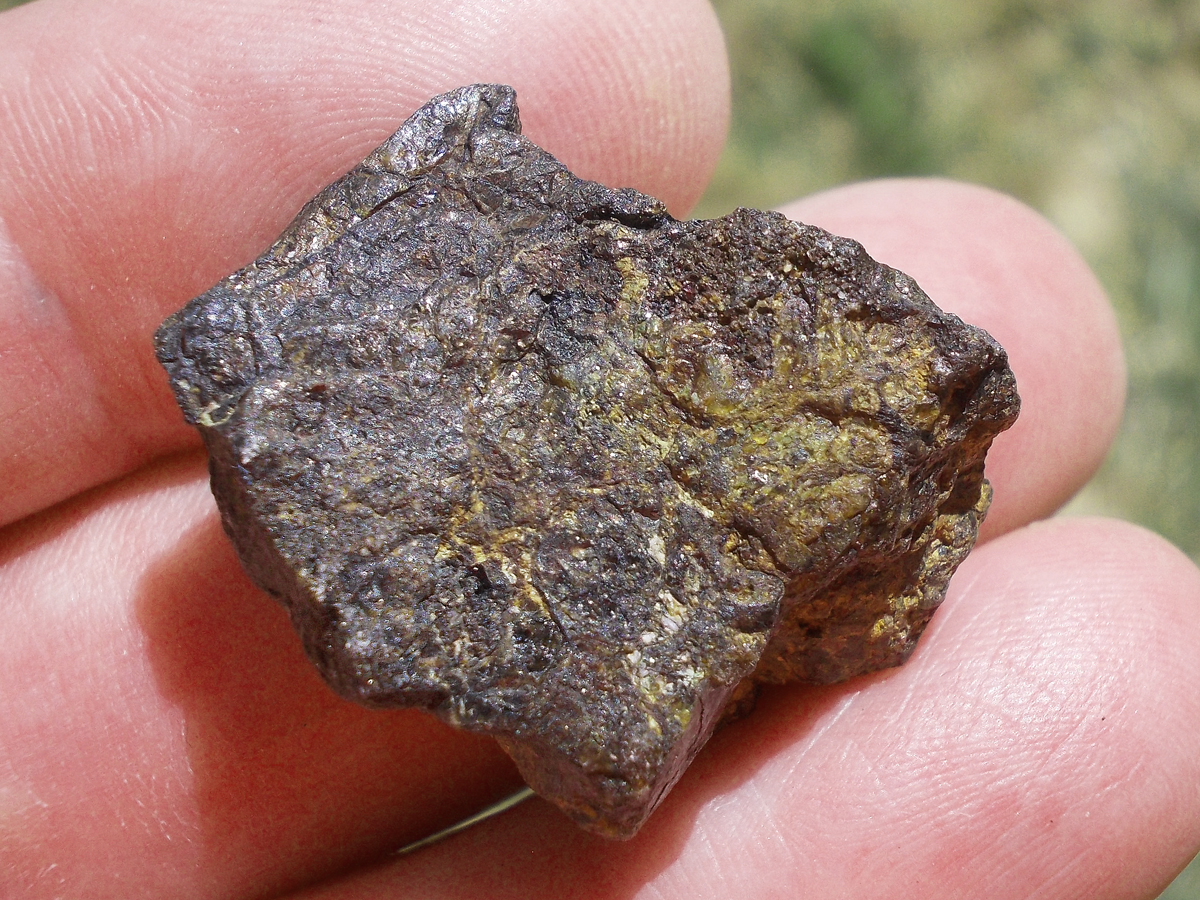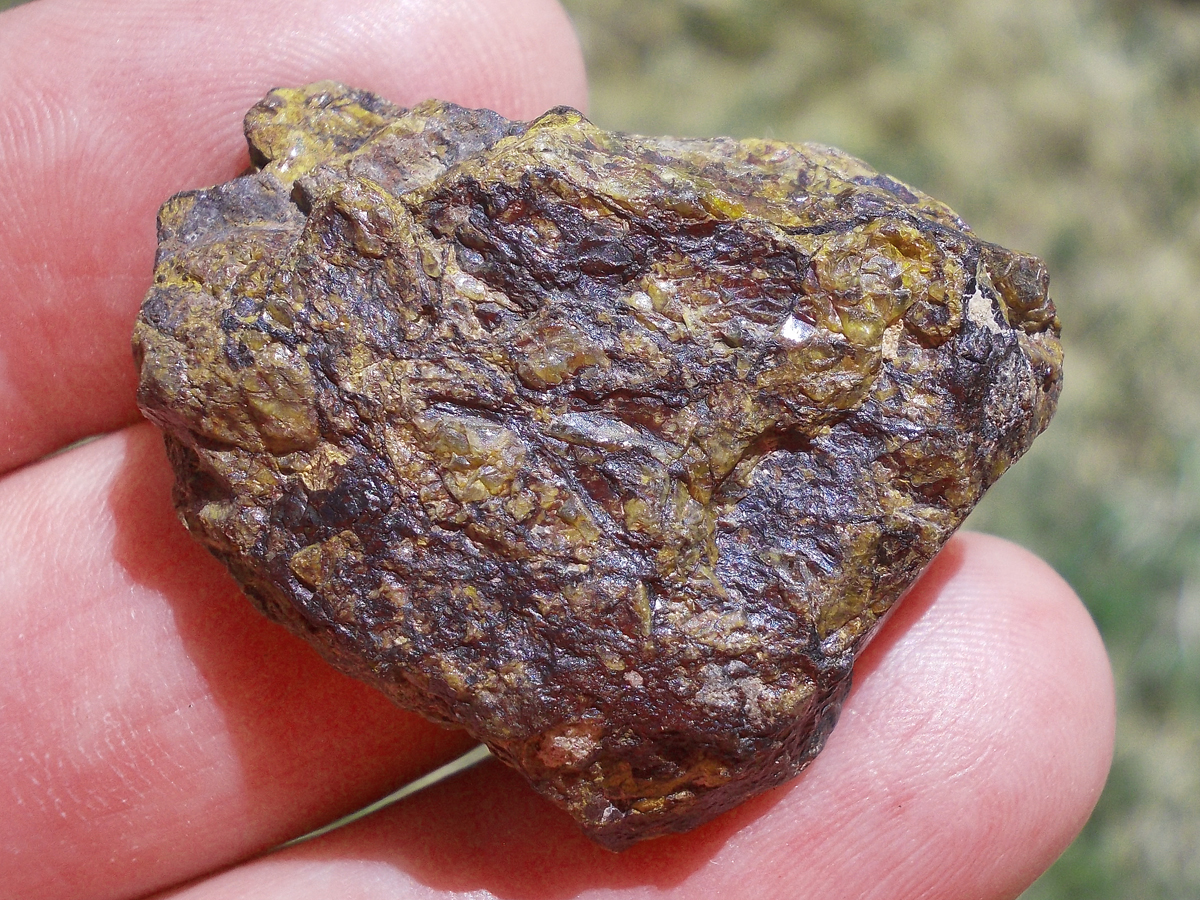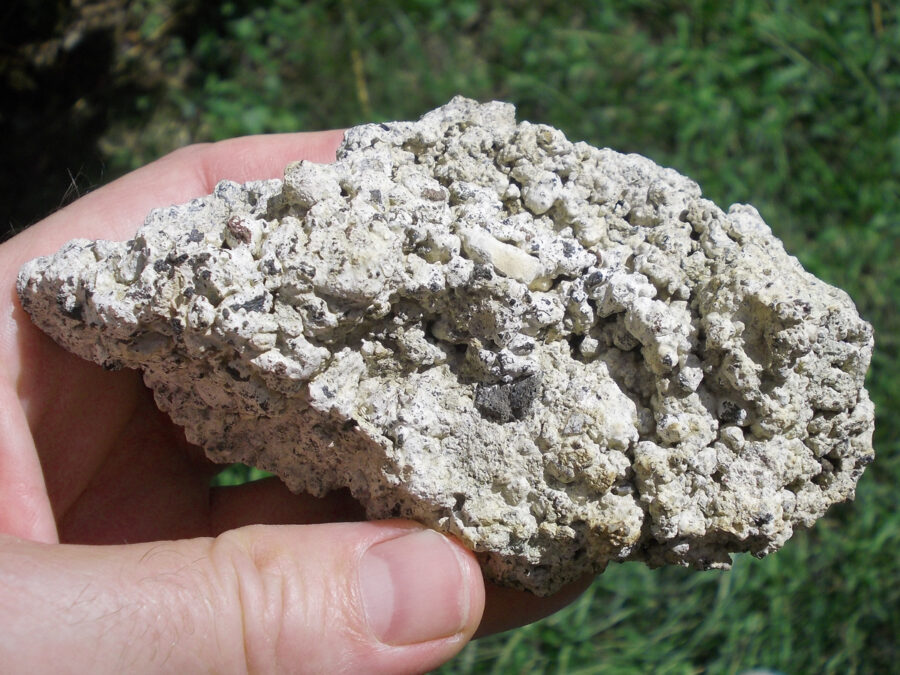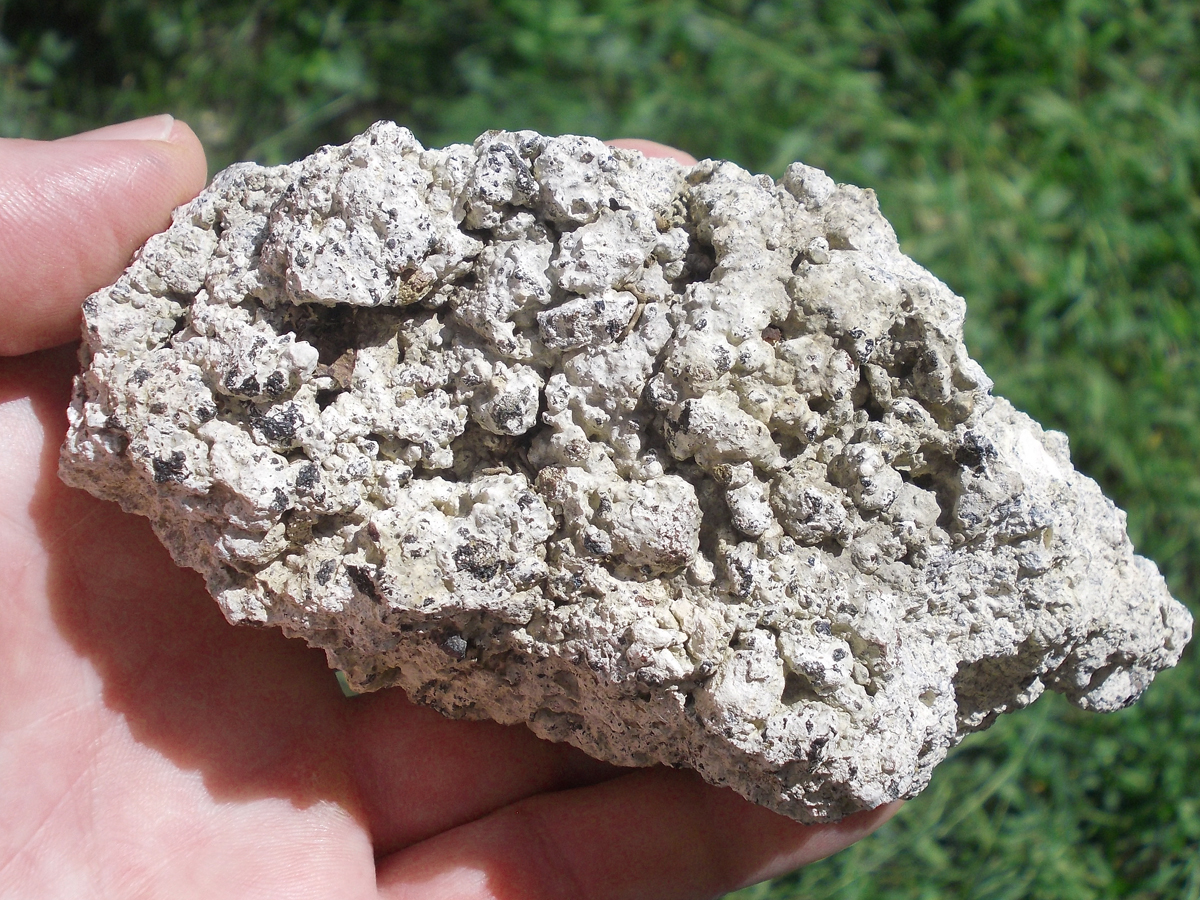Oued Chebeika 002 CI1 #2 – 0,02 g
120,00€Une nouvelle météorite de type CI vient d’être découverte au Maroc.
C’est un type très rare, la dernière que l’on a trouvé et qui a été commercialisée pour les collectionneurs s’appelle Ivuna, elle a été découverte en 1938 !
Ce type de météorite se dégrade plus rapidement que les autres météorites, c’est donc une aubaine pour les scientifiques de disposer d’une matière très fraiche pour leurs études.
Pour les scientifiques cette météorite est vraiment le « Graal » car cette matière est la plus proche de la composition de la nébuleuse solaire.
En clair, c’est la matière la plus primitive jamais découverte !
Dernièrement les scientifiques ont trouvés des affinités fortes avec les météorites CI et les astéroïdes Ryugu et Bennu
et même avec la comète Wild !
L’aventure scientifique ne fait que commencer !
Je garantie l’authenticité de ces fragments, ils sont issus de la masse principale qui a été analysée pour déterminer la classification CI.


